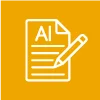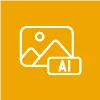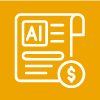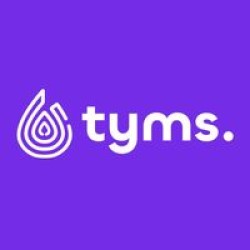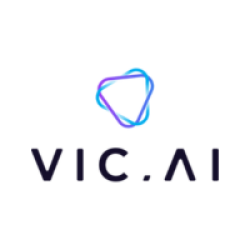What is Ai Bookkeeping Software
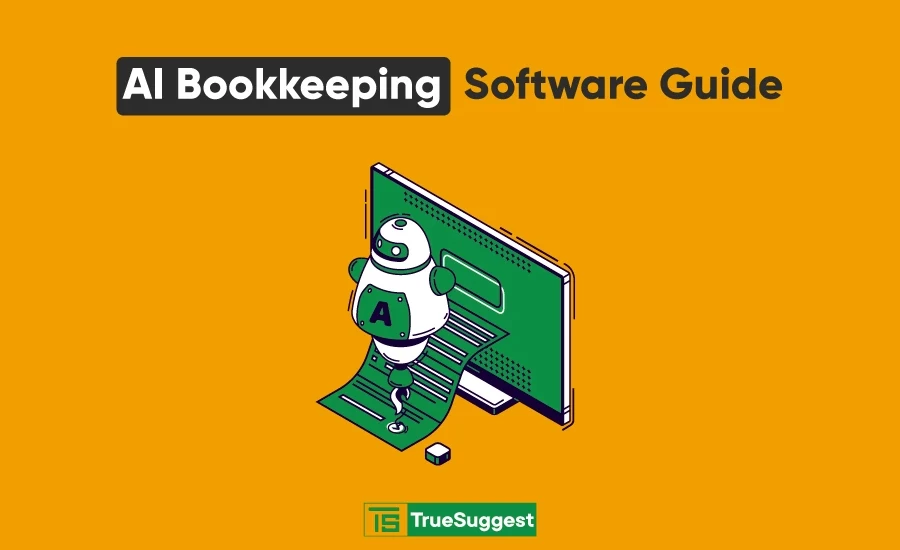
Are you looking for what is AI bookkeeping or what is bookkeeping software system? AI bookkeeping software is one of the greatest technological inventions. AI bookkeeping software is used in business to automate different types of tasks that humans previously maintained. The use of these tools has reduced pressure on humans and increased work efficiency. AI bookkeeping software can also be integrated with other software. Here, we will discuss the AI bookkeeping software in detail.
What is AI bookkeeping
AI bookkeeping software is a combination of artificial intelligence technology and advanced machine learning algorithms. It is mainly designed to automate the bookkeeping process.
The use of AI bookkeeping tools has made our lives easy and comfortable. Previously, businesses used to manage their different types of accounting and other tasks manually. It takes a long time and has plenty of errors, which leads to slow progress in business growth.
By keeping this term in mind, AI bookkeeping tools are generated. Now, AI bookkeeping software is totally different and advanced from manual software.
AI bookkeeping software can smoothly do all the tasks, such as keeping a record of financial transactions, predicting patterns, categorizing expenses, generating reports, and so many other tasks. The use of bookkeeping software can play an important role in business invention, strategy, and growth.
What are the two types of bookkeeping systems
Bookkeeping is connected to business management operations, including financial and accounting. It has plenty of functions that help to operate all the tasks smoothly. Bookkeeping has two types: single-entry bookkeeping and Double-entry bookkeeping. Let's discuss these two types of bookkeeping systems in detail.
Single-Entry Bookkeeping
The single-entry bookkeeping system is the essential bookkeeping system. According to the name, a single entry involves only a single transaction entry. The single-entry bookkeeping system is simple and partially suitable for small business management.
A single entry system is mainly used in business transactions where daily or weekly cash flow or report of business is recorded. One major benefit of using a single-entry booking system is that it is much cheaper to purchase and maintain. Also, it is highly recommended for the business entrepreneur who runs service-based businesses.
Double-Entry Bookkeeping
The double-entry bookkeeping system has two entries for every transaction in businesses. This system is very complex and mainly used in bookkeeping, mid to big-size businesses, and accounting sectors. In the double-entry bookkeeping system, both credit and debit methods are used, and they provide information on gain and loss.
A double-entry bookkeeping system can provide detailed and highly accurate transactional information. As we know, the double-entry system has two entry systems, which are quite complex to maintain and much more expensive than the single-entry bookkeeping system.
How to choose the right AI bookkeeping software
Ai bookkeeping software is widely used in every business sector. You will find plenty of advanced features in AI bookkeeping software. But you have to choose the best AI bookkeeping solution that can fulfill all your business requirements. You can also look for Ai bookkeeping software for small businesses. Here, we provide guidelines on how to choose the right AI bookkeeping software.
A user-friendly interface is a priority that no one can ignore while purchasing any software or tools. Any software with a user-friendly interface can ensure the business workflow. Along with these, it is also very easy to integrate with the existing system and does not require any special training for use.
Before purchasing any AI bookkeeping software, you must look for features and functions. Advanced features ensure smooth business operation. Features like invoice, reconciling, receipt management, real-time reports, etc, should be included in the AI bookkeeping tools.
Business growth is important. You should select the software that can easily accommodate the system, increase transition, and scale up your business growth. AI bookkeeping software should be advanced enough to handle and solve any complexity in business by maintaining business performance.
While managing any business, it is important to keep your business data secure. So, any tools with highly advanced security should be your priority. It helps your business from third parties, along with strong financial transactions. For security purposes, you should keep an eye on features like two-factor authentication, data encryption, etc.
Cost is essential. Before purchasing the AI bookkeeping software, you should focus on the cost. Make sure the cost is suitable according to your budget and that the software has enough features or functions. You can also compare their cost and features with other AI bookkeeping software. One more important thing to remember is that you need to make sure that this software does not have any hidden costs.
What is difference between accounting and bookkeeping
Sometimes, we need clarification on the difference between bookkeeping and accounting software. These two software have two different purposes and two different fundamental aspects. Moreover, bookkeeping and accounting software are also involved in different tasks and management purposes.
Here, we will learn the difference between accounting and bookkeeping.
Bookkeeping:
Bookkeeping is the process of identifying and recording all the financial transactions in business.
The main objective of the bookkeeping solution is to make the original books of accounts, but no special skills are required to record the transition.
Bookkeeping only records transitions but does not tell or supervise about the financial position.
Bookkeeping is limited, with some bounded level of work related to debit and credit card systems, and invoices can be produced.
Accounting:
Accounting is the process of recording and analyzing all the financial transitions in a year.
The main objective of the accounting solution is to record and analyze all the transactions and special skills are required to record and analyze the transition.
Analysis and transition of accounting records are carried out to gain crucial company insights.
Accounting is concerned with low, medium, and even top-level management, as well as summarizing and interpreting data and communicating information.
How to implement an AI bookkeeping tool successfully
Implementing an AI bookkeeping tool can simplify your financial processes, reduce errors, and provide insights into your business. Before implementing the software you have to learn what is the basic rule in bookkeeping or how does bookkeeping work. Here, we provide a guide to implementing the AI bookkeeping tools successfully.
1. Define Your Objectives
First, you have to determine what specific tasks you want to perform. AI bookkeeping tools can handle many different tasks, such as expense tracking, invoice management, or financial reporting. So, you have to define the specific goals you want to achieve with the tool, such as reducing manual data entry or improving accuracy.
2. Choose the Right Tool
After defining your objectives, you have to look for AI bookkeeping tools that are suited to your business size and industry. You can Consider several factors, such as scalability, integrations with other software, and user reviews. You need to ensure that the tool offers the most advanced features you need.
3. Prepare Your Data
When finalizing your AI bookkeeping software, you have to collect, gather, and organize all your financial data. Before doing these, you have to make sure that all the data is accurate and up-to-date. Now, it is time to import the data into your AI system.
4. Integrate the Tool
It is important to integrate the AI bookkeeping software with your existing systems, which ensures smooth data flow. Then, run a test to make sure data is being transferred accurately and that the tool is functioning as expected.
5. Train the AI
In order for AI to develop and produce more smart results, it must be fed with past financial data. Create guidelines and limits for the AI's use in classifying transactions and managing different situations.
6. User Training and Adoption
Now, it is time to train your team on how to use the tool effectively. It may include how to write AI-generated reports and how to troubleshoot common issues.
7. Monitor and Adjust
It's important to routinely check the AI bookkeeping software's performance after the setup. You may now verify that any issues are accurate and efficient.
8. Ensure Compliance and Security
Ensuring compliance is mandatory for any business. To ensure compliance, you have to verify that the AI bookkeeping tool complies with relevant financial systems. Then, you have to execute security measures to protect essential financial data, including encryption and access controls.
9. Evaluate ROI
ROI is the short form of Return on Investment. Now, you have to evaluate the software's impact on your business. As a result, you may look at time-saving rates, error rates, and overall financial understanding. Now, you can adjust your software based on evaluation.
10. Stay Updated
In business, it's essential to Keep the tool updated with the latest features. It helps to improve the software's performance. Always Stay informed about updates in AI technology that could benefit your bookkeeping processes.
Final Thought
Is AI good for accounting? Definitely yes. AI technology is a blessing for businesses, especially the finance industry. AI bookkeeping software has sped up the performance of the accounting and financial industry. So if someone wants to save time, fewer errors, exact transitions, and complete and detailed reports, they can use AI bookkeeping software
















